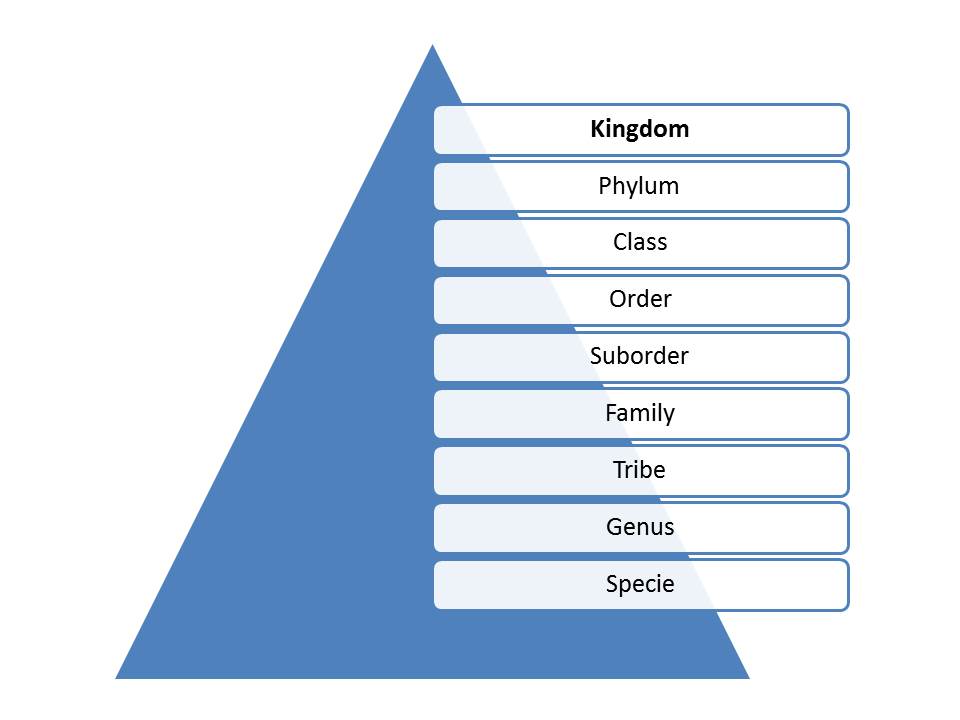Despite sharing some relations, camels and moose are not that closely related. They are both ungulates – large mammals that bear their weight on their toes, and members of the same order, Artiodactyla.

In biology, there are millions of different plants, animals, bacteria, fungi, etc. To better understand them, scientists organized all of these organisms into different groups called taxa.
Remember how a grocery store is organized?
One huge building is divided into departments such as fruit, dairy, meats, cosmetics, etc.
Then, each department is further divided into aisles, every aisle into categories and brands, and then finally we get to the individual products.
This organization from larger to smaller, more specific categories, is called a taxonomic hierarchical system in biology.
At the top, the largest category is called domain. This is our grocery store building.
Within each domain, there is a second category called a kingdom. This is our store department.
After kingdoms, the subsequent smaller categories are phylum, class, order, family, genus, and species.
The more categories two animals share in common, the more closely they are related.

Camels and moose are related as they are both members of the Animalia kingdom, Chordata phylum, Mammalia class, and Artiodactyla order. This is where their relationship stops, as they belong to different animal families.
Camels are members of the Camelidae family while moose belong to a different one, Cervidae.
The Camelidae family includes one tribe, Camelini, while the Cervidae family includes Muntiacini, Cervini, Odocoileini, Capreolini, and Alceini. The Cervidae family also consists of 3 subfamilies, Capreolinae, Cervinae, and Hydropotinae. [1]
Moose are members of the Alceini tribe and the Capreolinae subfamily.
Camels belong to a Camelus genus, while moose belong to the Alces genus.
Camelus genus includes 3 species:
- Domesticated one-hump dromedary camel (Camelus dromedarius)
- Domesticated two-humped Bactrian camel (Camelus bactrianus)
- Wild two-humped Bactrian camel (Camelus ferus)
Alces genus includes one species, the moose (Alces Alces).
The family Cervidae includes 40 species distributed throughout the northern hemisphere, as well as in South America and Southeast Asia. They are the second most speciose family of artiodactyls after the Bovidae.
Contrary to moose that have four-chambered stomachs, camels have a three-chambered one. They both regurgitate partially digested food and then “chew their cud”.
As members of the order Artiodactyla (even-toed ungulates), they both walk on the tips of their toes, their third and fourth. However, moose have hooves, while camels have wide padded feet with two nails that only resemble hooves.
Camels have strong nose muscles that can be closed at will. This is especially convenient during sandstorms to prevent sand from getting into animals. Moose also have flexible nostrils, similar to camels. They can tightly close their nostrils when diving in cold water to feed on the underwater plants. [2]
Camels might not be able to dive like moose, but they know how to swim. Read more about swimming camels by clicking HERE.
TL;DR – Are Moose And Camels Related?
Even though they share some relations, camels and moose are not closely related. They are both even-toed hoofed mammals that belong to the same order, Artiodactyla. They are however members of different families.
Camels are closely related to llamas and alpacas, while moose are more closely related to reindeer, white-tailed deer, and roe deer. When it comes to horses, neither camels nor moose are closely related to them.
This concludes our article examining “are camels and moose related”. We hope you found it interesting and informative.
And if you enjoyed it, here are our recommendations on other popular reads: Do deer lay eggs or give birth? and Moose Vs Camel
Resources
[1] Gilbert, Clément, Anne Ropiquet, and Alexandre Hassanin. “Mitochondrial and nuclear phylogenies of Cervidae (Mammalia, Ruminantia): systematics, morphology, and biogeography.” Molecular phylogenetics and evolution 40.1 (2006): 101-117.
[2] Eshra, Eman A., and Adel M. Badawy. “Peculiarities of the camel and sheep narial musculature in relation to the clinical value and the mechanism of narial closure.” Indian Journal of Veterinary Anatomy 26.1 (2014): 10-13.